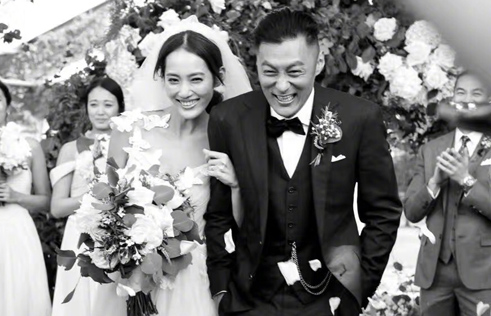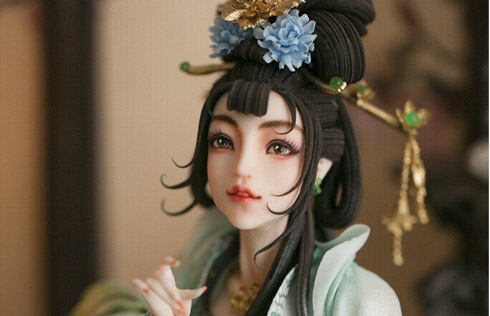Old tale inspires modern marriage market
 |
|
Parents read posters strung up on a line between two light poles next to the main entrance of the Wansong Shuyuan in Hangzhou. [Photo by Xing Yi/China Daily] |
"Bride wanted. Single male, born in 1980, height 172cm, good-looking, master from top university, civil servant in provincial government, fine-decorated apartment mortgage paid, parents alive, affluent family."
So reads an advertisement in Chinese, posted on a light pole next to the main entrance of the academy.
On both sides of the road, similar ads are hung, clipped, posted almost everywhere. Sidewalks are jammed with people reading the ads, taking notes and chatting with each other.
A curious visitor like me who tries to read these ads should be prepared for a question from complete strangers: "So, are you looking for a mate?"
Welcome to the city's Saturday marriage market, where hundreds of parents look for their ideal son-or daughter-in-law in front of the former higher-education institute between 9 am and noon.
It's all thanks to the legend of Liang Shanbo and Zhu Yingtai.
Liang and Zhu are household names in China because of their tragic love story. Also known as the butterfly lovers, they are widely compared with Shakespeare's Romeo and Juliet.
The legend traces back to the Eastern Jin Dynasty (AD 317-420). Women then were not encouraged to attend school, but Zhu, a beautiful and smart young woman of a wealthy family, persuaded her parents to let her study disguised as a man.
On Zhu's journey to school, she encountered Liang, who was going to the same school in Hangzhou. In the next three years, they lived and studied together, during which Zhu fell in love with Liang, but Liang failed to discover that she was a woman.
Although Wansong Shuyuan was built during the Ming Dynasty (1368-1644)-around a thousand years later than the legend's time frame-people still believe that this is the school Liang and Zhu attended together.
"Many tourists ask me: Where is the classroom Liang and Zhu studied in?" says He Jie, guide at Wansong Shuyuan. "We now downplay the legend part and focus on the culture and history of Chinese academies instead."






















